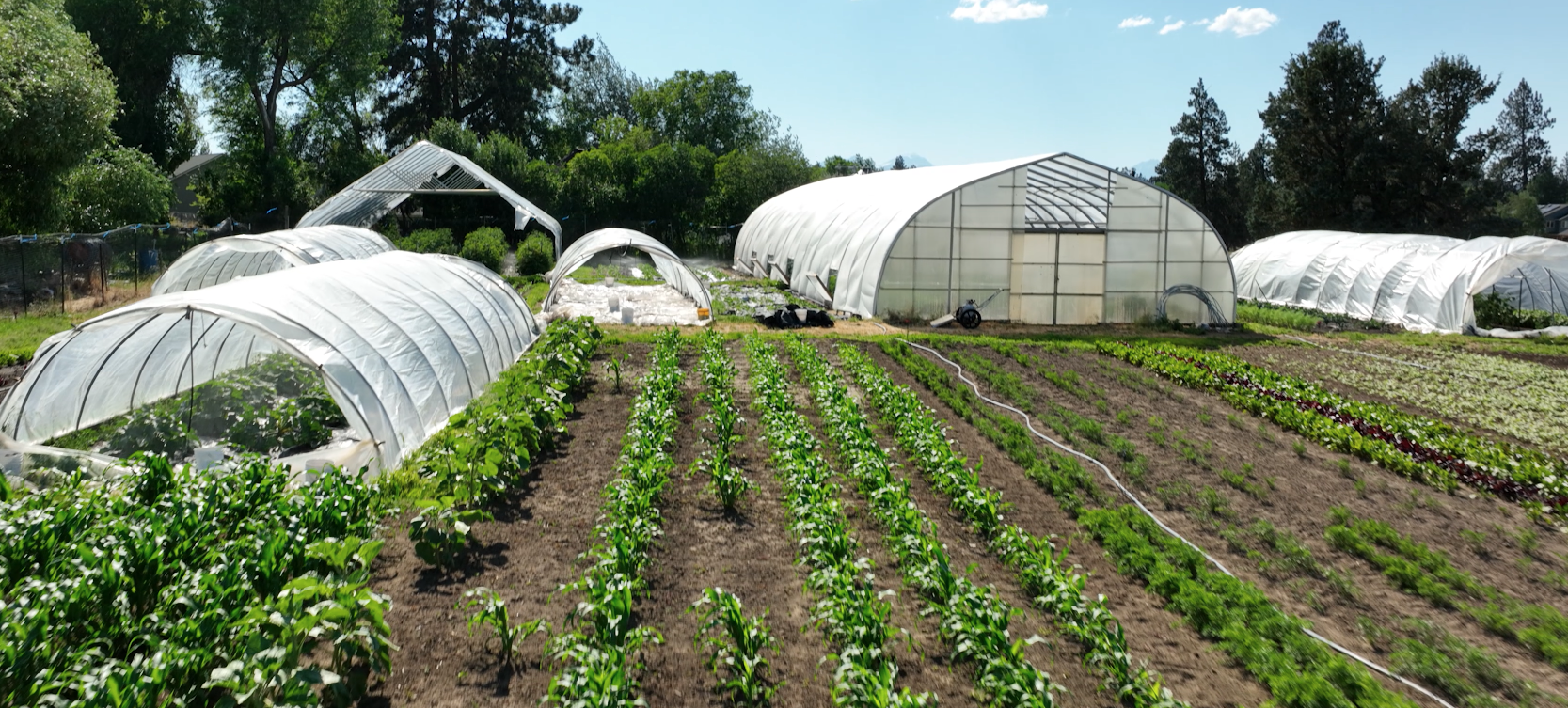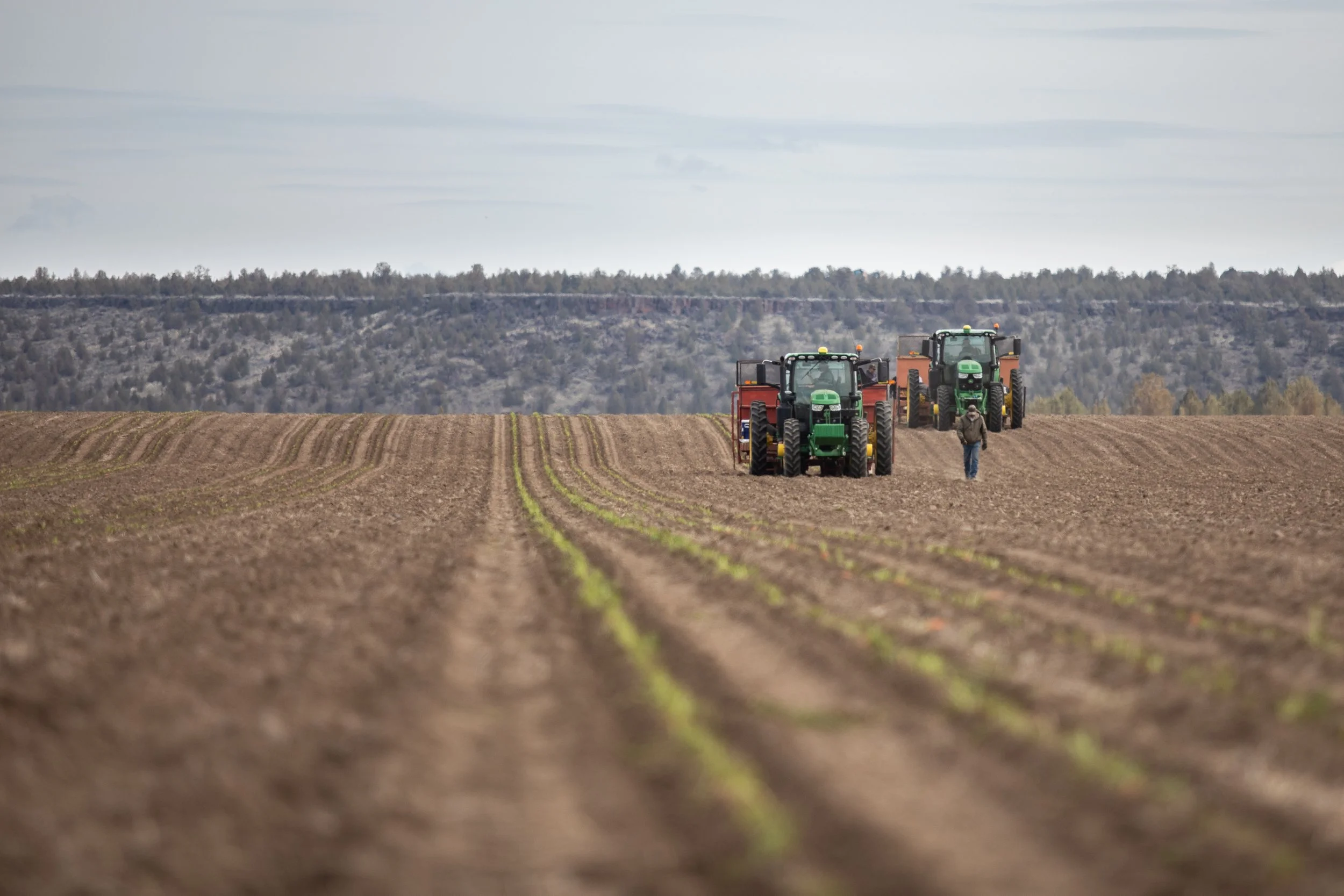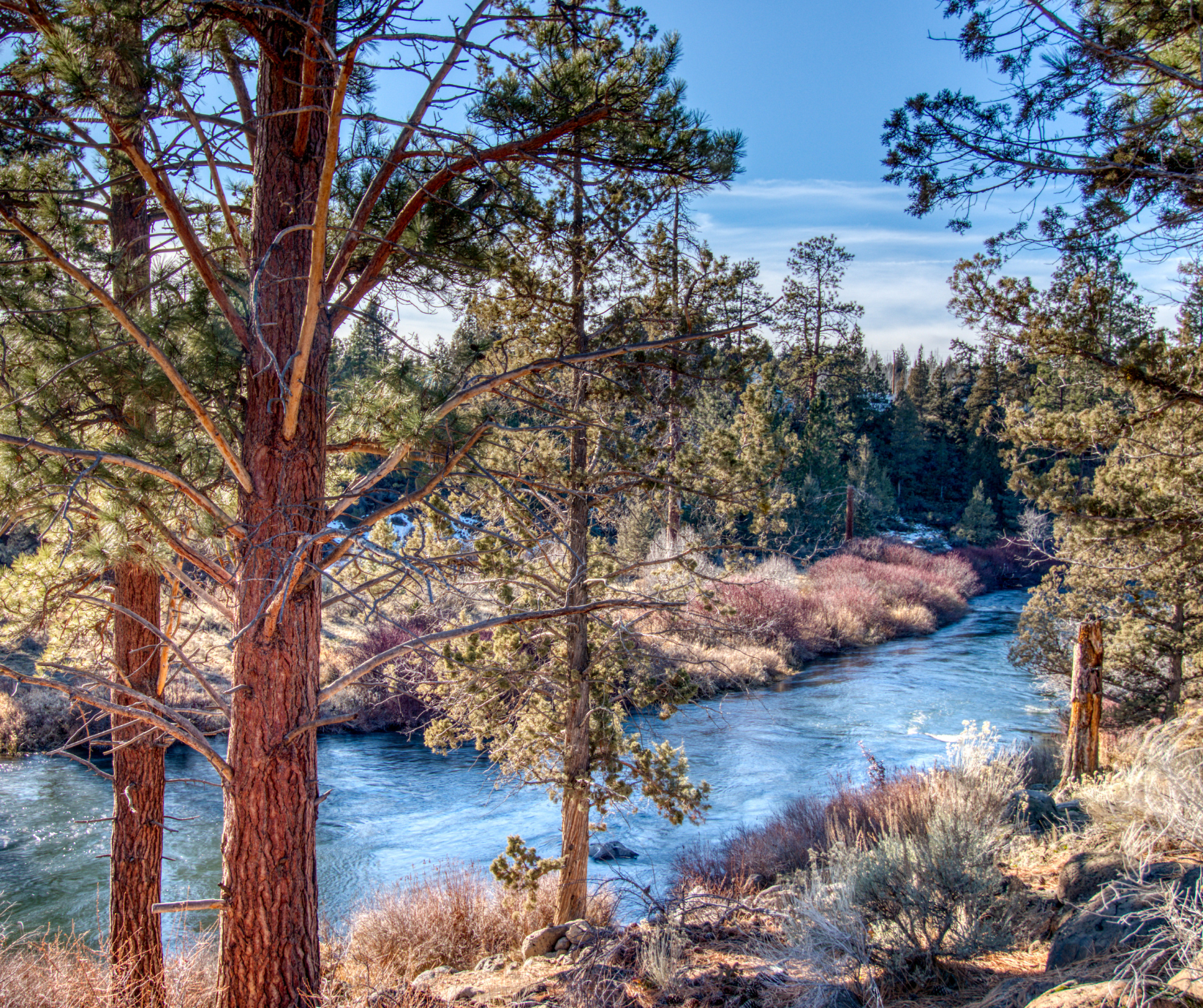Much Ado About Farm Stands
Farmland Protections and the Wonky World of Administrative Rulemaking
By Robin Hayakawa, Associate Staff Attorney
Kendall Brobst Schiff
I have a confession. Sometimes I scroll through social media. I expect updates from friends and family, sports, local news, and maybe an influencer reviewing the new Central Oregon restaurant I really want to try. Rarely though, do farmland protections and the wonky world of Oregon administrative rulemaking take center stage.
That was why I was surprised when my feed was recently overrun by a fiery debate surrounding the Department of Land Conservation & Development’s (DLCD) Farm Stand rulemaking process.
On one side, there was an avalanche of outrage over an apparent regulatory threat to the future of agritourism—and by extension, the viability of Oregon’s small and medium-sized farms. On the other side, LandWatch’s ally: the iconic 50-year-old land-use nonprofit 1000 Friends of Oregon. And in the middle was the state agency charged with doing the rulemaking—DLCD.
Here at LandWatch, we were tracking the Farm Stand Rulemaking, and I followed along with interest as the story was picked up by local news outlets and spread by social media accounts across the country. Just when concern over the rulemaking appeared to be reaching a fever pitch, a Friday midday Press Release from Governor Tina Kotek’s office announced that the Governor had directed DLCD to suspend the rulemaking to “allow for more conversations with all interested parties and the public” and to “reassess next steps.”
If you witnessed or participated in the recent flood of dialogue about farm stands, agritourism, and DLCD Rulemaking, but had a nagging feeling that you weren’t being told the whole story, this blog post is for you.
Matt Oliphant
Oregon’s Farmland Protections
Agriculture is an important economic driver in Oregon, generating approximately $30 billion in wages and $6 billion in agricultural production annually.
Most farm ground in Oregon has a special zoning designation known as Exclusive Farm Use or “EFU.” Meant to preserve Oregon farmland, EFU zoning comes with a series of benefits such as preferential tax treatment, “right-to-farm” laws, etc., as well as restrictions — namely, EFU is to be used for farming, not non-farm commercial ventures.
This makes intuitive sense. Allowing commercial or residential use of farmland puts upward price pressure on precious farm acreage we rely on for open space, wildlife habitat, cultural values, and most importantly, a localized and supportive food system. Non-farm uses can also directly interfere with legitimate farm uses in the form of traffic, litter, weed and pest control, and other conflicts.
DLCD’s Current Farm Stand Rules
At the center of the controversy is a set of proposed administrative rules that govern what products farm operators can and cannot sell out of a “Farm Stand” located on property zoned for EFU.
Historically, farm stands have been limited to what you might expect — a semi-permanent structure where farmers sell their crops directly to consumers. Under state law, farm stands are considered a “Farm Use” and a farmer’s ability to sell their products out of a farm stand is allowed outright. Put another way: DLCD’s proposed administrative rules would not and could not have interfered with a farmer’s right to sell their crops to the public out of a farm stand.
The rules governing what else a farmer can sell at a farm stand are less clear, though. For example, farm operators are permitted to sell a limited amount of “retail incidental items” and offer “fee-based activit[ies]” so long as they “promote the sale of farm crops or livestock sold at the farm stand.” Think retail items like farm-branded t-shirts or mugs, or the little serrated knife sets used to carve pumpkins. Examples of “fee-based activities” include corn mazes, farm-to-table dinners, harvest festivals, concerts, and paid educational activities.
Under Oregon law, fee-based activities associated with a farm stand are not the same as “agritourism.” Unlike a farm stand, agritourism is not an outright allowed use on farmland, and requires a conditional use permit to ensure that the activities do not interfere with farm uses nearby, and that the agritourism activities support continued farm use of a property. Common examples of “agritourism” include farm-to-table dinners, weddings, concerts, or other commercial events on farmland.
While the current rules and separations serve many farmers and farm customers well, they could be clearer and easier to implement.
In 2023, county land use planners from across the state asked the Land Conservation and Development Commission (LCDC) for clarification about when it is appropriate to approve a Farm Stand, and when a fee-based activity should require an Agritourism conditional use permit.
Private property rights advocates have also challenged the current rules. In 2025, the Oregon Property Owner’s Association (OPOA) introduced a bill to the Oregon legislature that would have vastly expanded the types of nonfarm activities that could occur at farm stands, as well as removing all limits on the sale of nonfarm items.
While OPOA’s 2025 bill failed to garner support in the legislature, Governor Kotek and a legislative working group did ask DLCD to undertake the administrative rulemaking at the heart of last week’s controversy.
What happened with the DLCD rulemaking?
Earlier this year, DLCD convened a Rules Advisory Committee (RAC) composed of farmers, county planners, property rights advocates, tourism representatives, state agency officials, and land use advocates. RAC members were tasked with reviewing Oregon’s existing regulations around farm stands, with special attention paid to “retail incidental items” and “fee-based activities.”
On July 18, DLCD proposed draft rules that clarified that retail incidental items needed to have a direct relationship to the farm’s goods and that fee-based promotional activities should encourage the sale of farm goods and livestock.
Some RAC members, including OPOA, were unhappy with the rules clarifications and saw them as a threat to farm stands already operating on the edge of what would be allowable under the proposed rules. This is when they took to social media to “sound the alarm,” with vague, but concerning claims that the state of Oregon was going after agritourism to the detriment of small and medium farms. A set of seemingly scripted video posts went viral, and the public was urged to ask the governor and elected representatives to protect agritourism by a specific, and very quickly upcoming, date: July 25.
The campaign worked. By midday on July 25, the Governor’s office said that they had received nearly 3,000 constituent inquiries concerning the rulemaking and proposals.
The problem is that the claims made on social media simply were not true.
The proposed rules would not, and legally could not, harm agritourism for the simple fact that existing laws for agritourism were not addressed in the proposed rules.
Moreover, the proposed rules, even in their draft form, would have only applied to new farm stand permits, not existing farmstand operations.
Friends of Family Farmers, an advocacy organization for Oregon’s small farmers and member of the RAC spoke to this in a July 23 Blog Post, writing:
"These rules do not outlaw farm stands, ban u-pick, or prohibit on-farm events. This is only to do with farm stand permits, and has no bearing on all the other types of agritourism permits which allow on-farm concerts, festivals, private events, etc. Regulations on agritourism vary by county and we do intend to address that discrepancy as well, but this RAC is only about farm stands." (emphasis in the original)
Friends of Family Farmers drew many of the same conclusions that LandWatch did in our review of the draft rules — DLCD’s rulemaking held significant promise in terms of helping small farmers engage in direct-to-consumer sales through their farmstands, but it also had room for improvement.
Many people reacted to the July 25 date, as if it were an official deadline for comment, but there was no July 25 deadline for public comment. These were draft rules, subject to legal review and deliberation, and likely to be changed before they were released to the public for further input.
Our Take
To be sure, some valid concerns were raised. Farm stands and agritourism are a beloved and vital part of Oregon’s agricultural economy, and farm stands especially must be protected as a “Farm Use” on EFU. The current rules are imperfect, leading to issues of fairness and difficulties with administration. These issues are solvable though, and the fundamental purpose of DLCD’s farm stand rulemaking process was to begin to address them.
The rulemaking process is intended to be an iterative one, where a trusted group of knowledgeable stakeholders critique and revise a series of draft rules until a workable administrative policy has been crafted.
Instead, the rulemaking process was overtaken by an alarmist narrative. The threat to agritourism was misrepresented, and the July 25 deadline was wholly imaginary. And it was hyped on social media by an anti-land use, private property rights lobby sensing that they might not get their way.
Now, as a result, the rulemaking process that was initially asked for by land use planners and property rights advocates has been paused indefinitely.
There are many lessons to be learned. Of course, we are reminded that social media can be a potent medium for political change. It is also an example of how misinformation can be more seductive than the gritty, hard work that goes into crafting good policy.
Ultimately, though, the lesson I most appreciate is this: Oregonians are extremely passionate about farms and farmers. The broad, viral willingness to wade into land use and advocate for protecting farmers actually bodes extremely well for the future of farmland protection in our state. I just hope that the next time land use breaks through to public consciousness in a major way, it’s channeled to protect the farmland that is essential to the livelihoods of the farmers who live and work them.
Whenever you are ready to rally for farm lands and farmers, LandWatch and 1000 Friends of Oregon are available to help with resources and factual background information.








